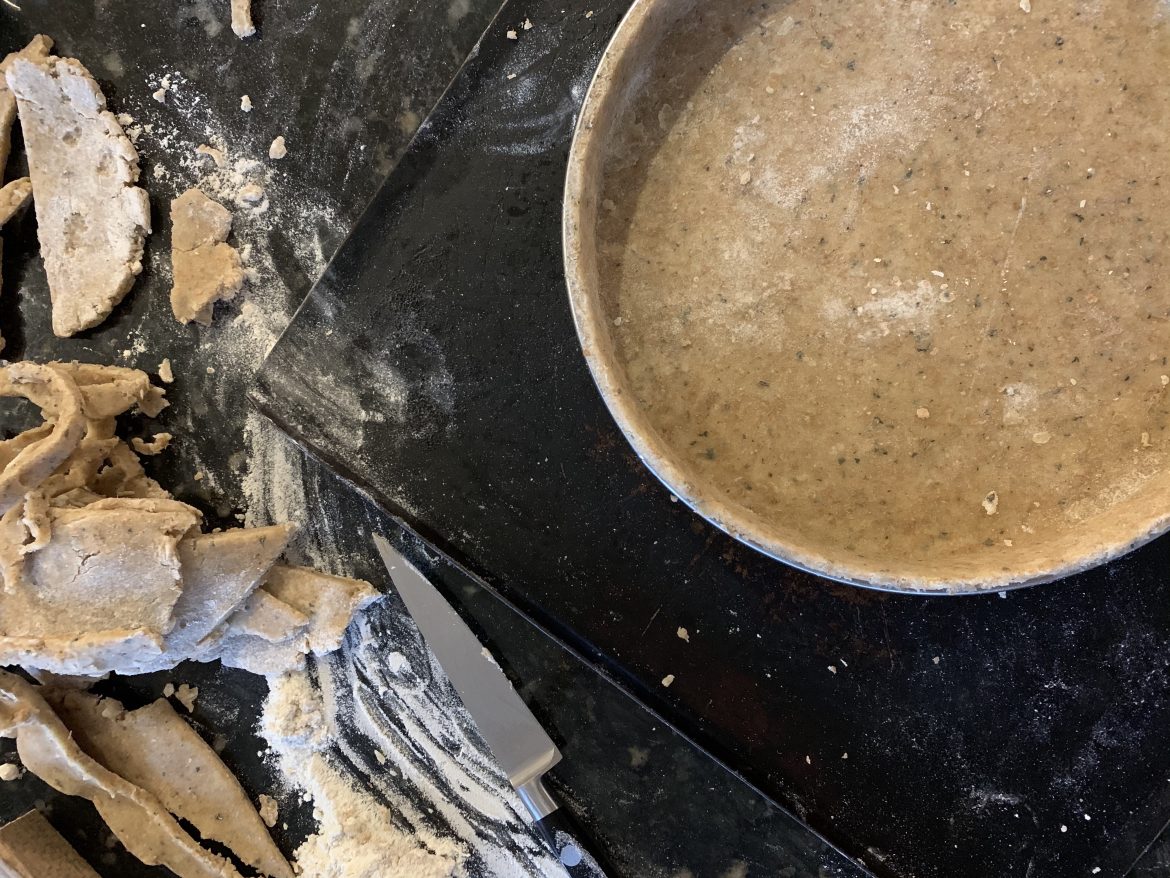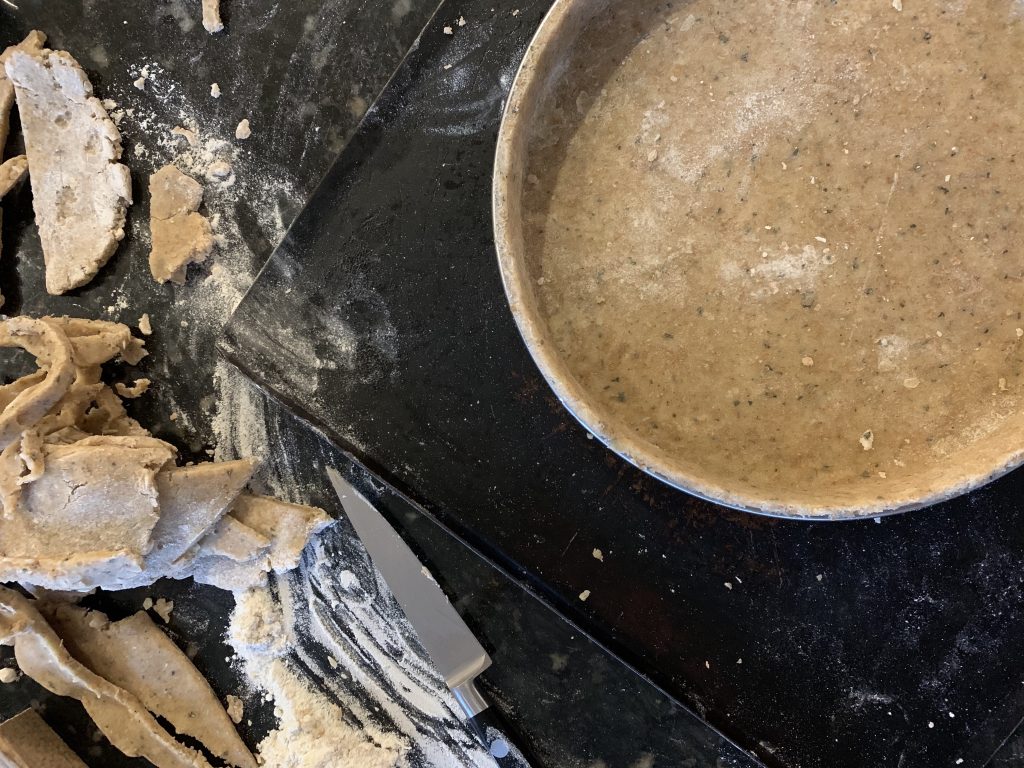
I’ve decided lists are the way forward, from now on, all my posts will be lists. I’m kidding of course, that wouldn’t make a good blog, but then again a blog with no posts and a rubbish name don’t make a good blog either, but hey ho!
Pastry making isn’t scary, although a lot of people think it is. You just need to know what you’re dealing with and how to handle it, so follow these 10 tips to create the perfect shortcrust pastry.
1. Keep everything cold – pastry is effectively flour and fat (with a little water and salt). Butter melts, your hands are hot. If you know you have hot hands keep you flour in the fridge as well as your fat. Use cold water and avoid excessive touching of your pastry.
2. Short Pastry – pastry is described as short when it melts in the mouth – to get this effect you need the fat to be perfectly distributed in the flour with the smallest addition of water. A word to the wise though, the less water you add the harder your pastry will be to work with, but the nicer it will taste. It’s a balancing act that you only reach with practise.
3. Patchwork Pastry – if your pastry is too short and is crumbling as you roll, don’t panic. Roll it out and line the tin to the best of your ability, use leftover scraps to patch the gaps. This is more time consuming but should prevent the dreaded soggy bottom from a leaky quiche.
4. Rolling – firm, but gentle. Decisive, but tentative. Basically the harder you roll the tougher your pastry will be. Make sure it isn’t fridge cold, roll in one direction, keep an even pressure throughout. And for an added bonus 4b, if you feel your pastry is a little tough or you’ve been a little heavy handed when rolling (we all have those days) leave a little overhang when trimming the edges to allow for shrinkage – means you won’t be left with a really short sided tart case creating a rather disappointingly filled quiche. Sad 🙁
5. Blind Baking – make a ‘cartouche’ (fancy cooking word for a round piece of baking parchment), crumple it to make sure it reaches the whole of the base.
6. Blind Baking, part 2 – use rice or dried lentils rather than baking beans. You can reuse these, they don’t create indentations in the pastry, and you can fill it right up to the top.
7. Fridge before baking – as before, butter melts! Make sure your pastry case has sat in the fridge for at least half an hour. This also gives it a moment to relax and will reduce shrinkage.
8. Bake at 190C – what does the butter do? That’s right, it melts! You want to bake the pastry quicker than the butter will melt. Too low of a temperature and your sides will start slumping. Also sad 🙁
9. Patchwork, part 2 – once baked you may find small cracks/gaps. Avoid that soggy bottom by using spare pastry, plug the holes and bake for a further 5 minutes.
10. Bottom heat – It’s those soggy bottoms again! Avoid by preheating a baking sheet to sit under your pastry tin – this gives extra bottom heat to help with cooking. Beware! Don’t use a cold one, this will have the opposite effect.
I hope that helps take the mystery out of pastry.
Enjoy, RAJ


